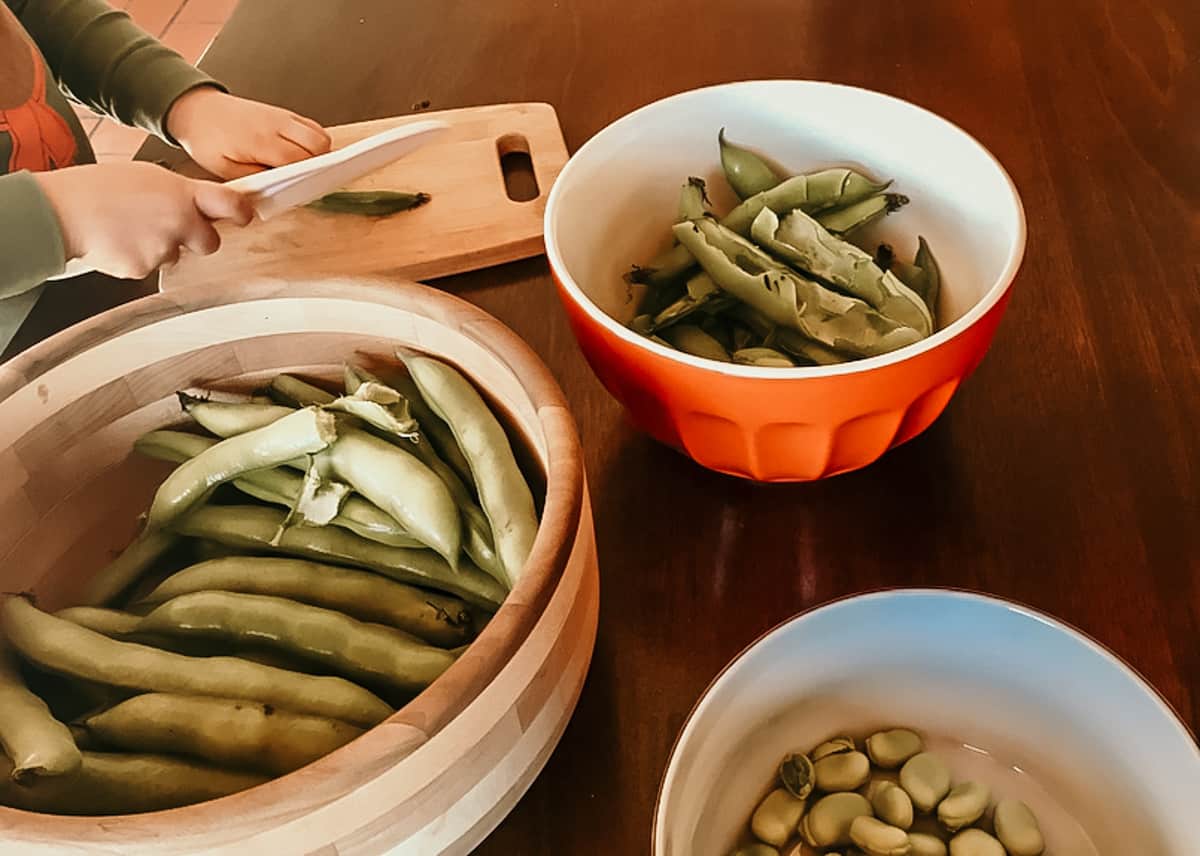
"Everything that slows us down and forces patience, everything that sets us back into the slow circles of nature, is a help. Gardening is an instrument of grace."
- May Sarton
Giving children the gift of growing their own food is not only giving them a valuable skillset. It also encourages a nature connection that they will carry with them into adulthood. They'll be more likely to care about their environment and the foods they're eating to nourish their bodies.
In this post, we'll share some Montessori gardening routines from our homeschool garden. The strategies we use empower kids to grow their own food and eat healthy. If you're looking for practical tips on how to start your children's gardening journey and a lifelong love for healthy food, this is an excellent place to start.
Disclosure of Material Connection: Some of the links in the post are “affiliate links.” This means if you click on the link and purchase the item, I will receive an affiliate commission. Amazon links are not affiliate links. You can read my full affiliate disclosure.
When starting a Montessori gardening program with children, the most important element is to include them as much as possible. We like to break tasks down into manageable components as needed, in order to suit the developmental readiness of each child. As they master each task and build on their skills, they increase their independence and the joy they experience in their work.
Montessori Gardening Plan
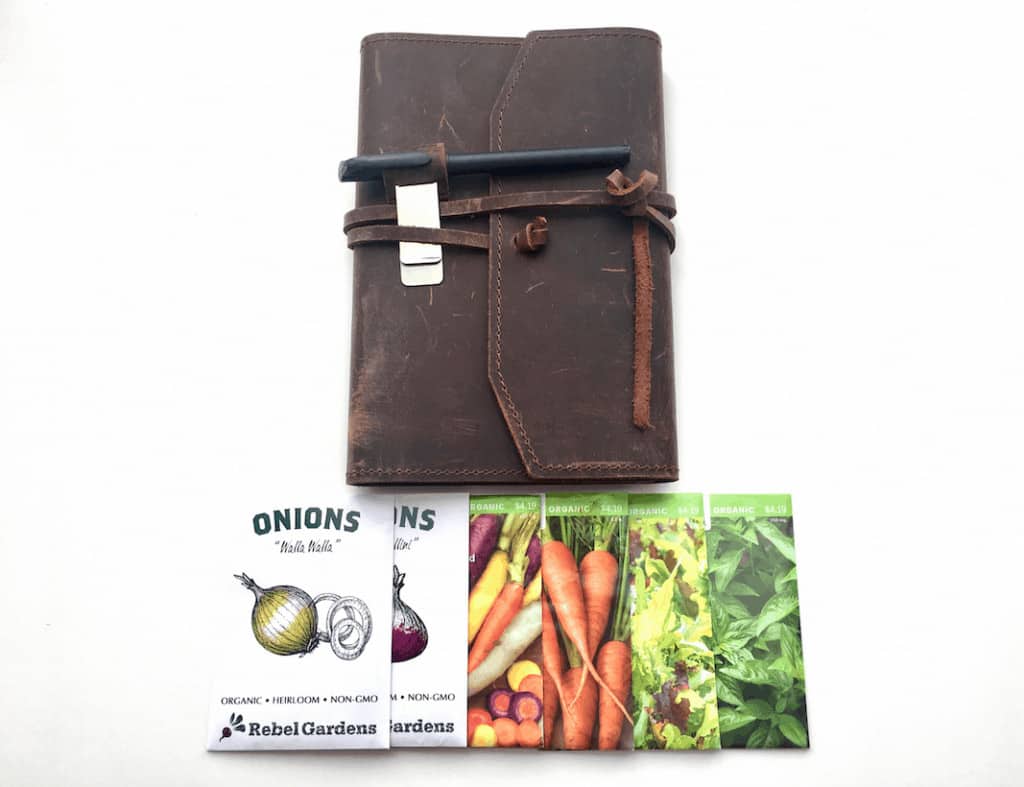
If you're starting a garden from scratch, there's some planning that goes into it. We really took our time setting ours up and involved our kids as much as possible. One thing we've noticed: there are a lot of opportunities for measurement. If you want to incorporate some math, this is your jam. Also, there are plenty of opportunities to use the Three Period Lesson when introducing new vocabulary.
You can catch more on how we set up our Montessori homeschool garden beginning with Soil Layers for Kids. You can also check out how we are Building a Native Forest Garden with The Earth Project.
This year, the beds are dug and the fencing is up. As a result, I start the planning process by asking the kids what they would like to grow and eat. What did they enjoy last year? Questions like that usually jump-start the flow of ideas pretty quickly.
Brainstorming ideas is a nice opening to breaking out the seeds we keep in storage. I prefer to use what we have first and having seeds on hand with packets for them to hold encourages that process. Our seeds live in a glass container in our fridge.
If you're not sure what to plant, when to plant it , or what grows well in your area, I would check out this guide before making any purchases.
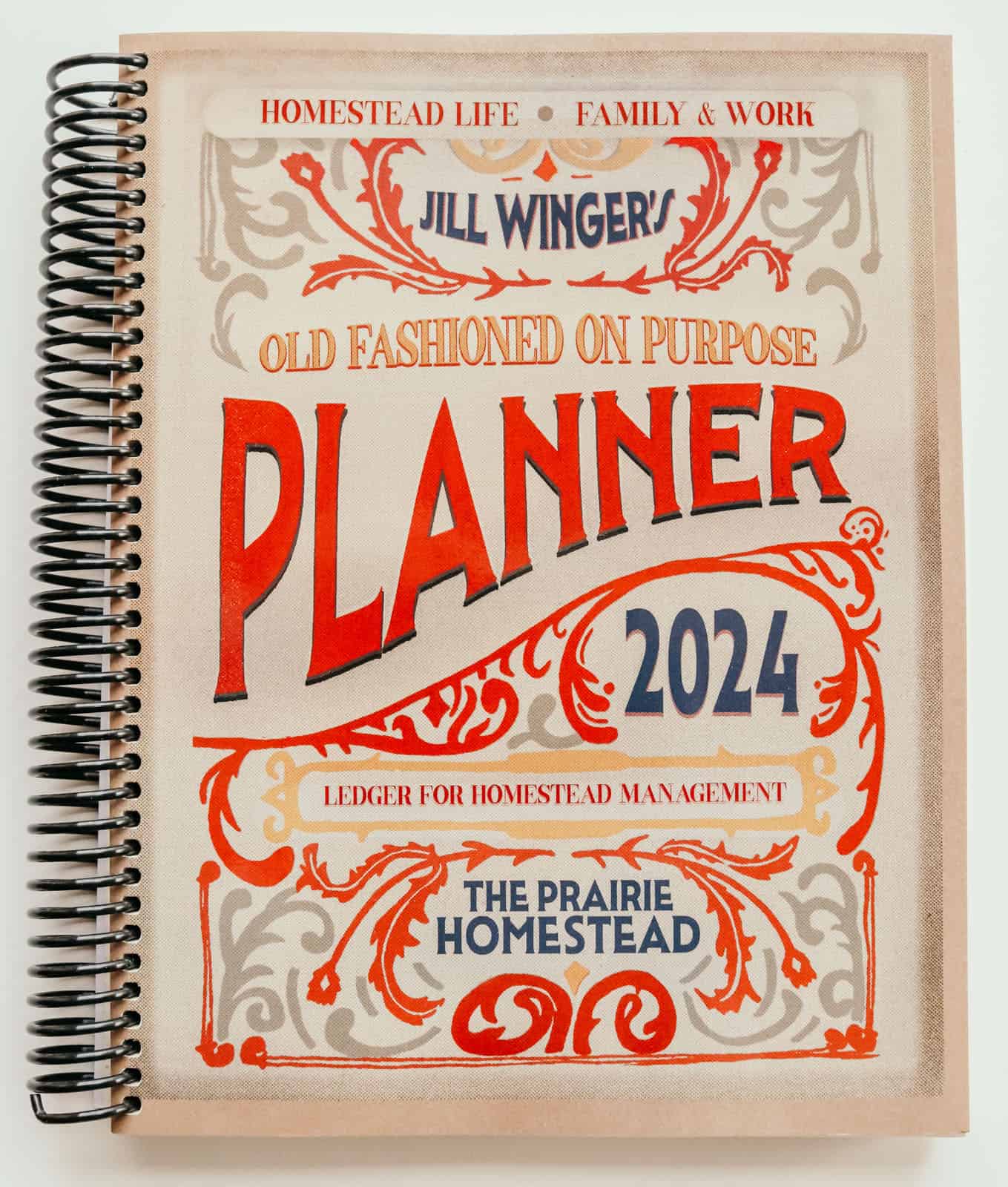
Implementing a Gardening Schedule
We like to come up with a plan together and write it down in our nifty garden journal. We've found this Old Fashioned On Purpose Planner really helpful for carrying us through from planning to harvesting and cooking. Any dates we need to remember are written down as well and we add them to our family's monthly whiteboard calendar at the beginning of every month for everyone to see.
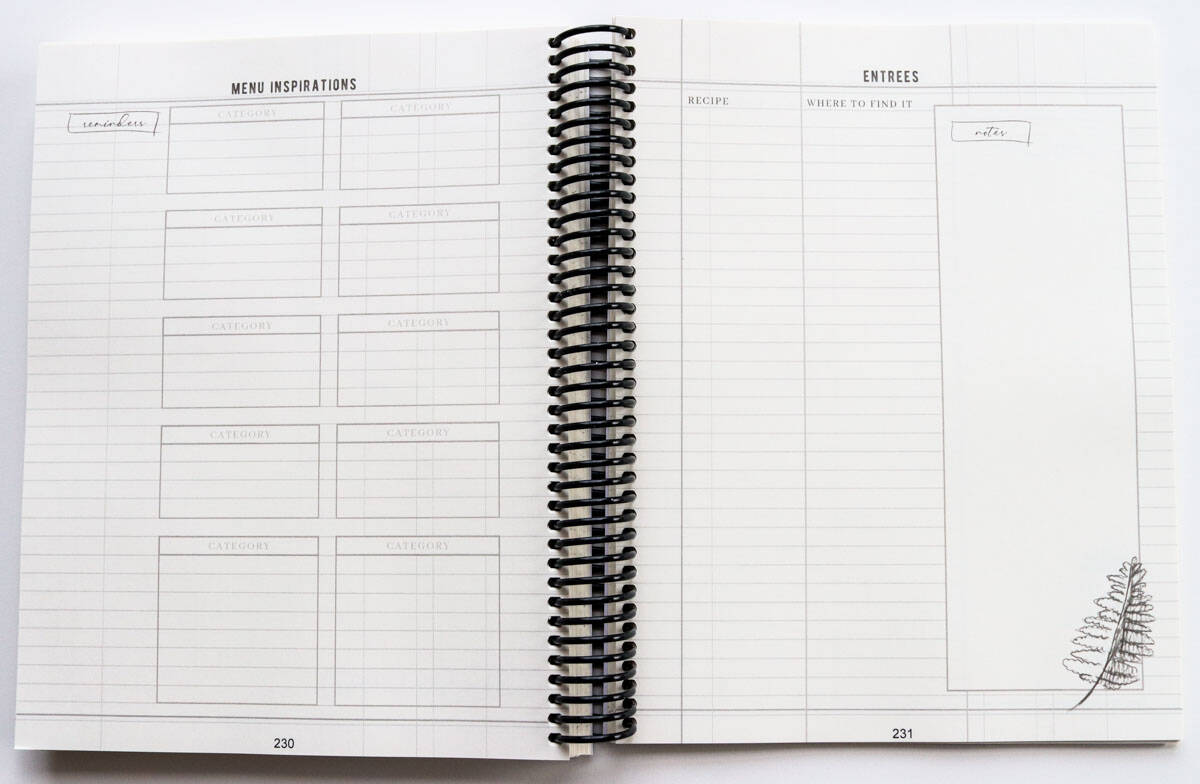
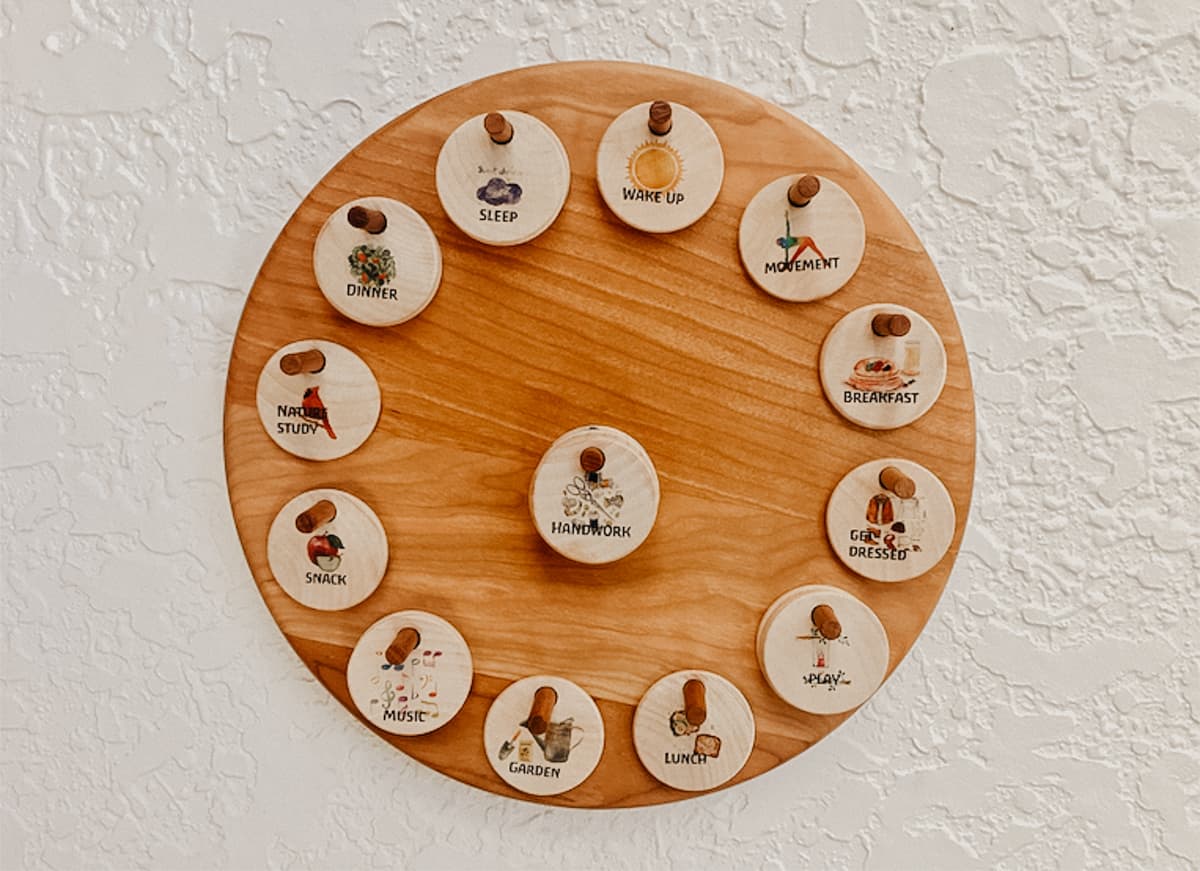
Also, the kids keep up with daily and weekly tasks, such as watering and weeding, by using their Visual Schedule and understanding the rhythm of our days. For example, Kaia expects that every morning we talk about the weather and if we need to water the garden.
Planting
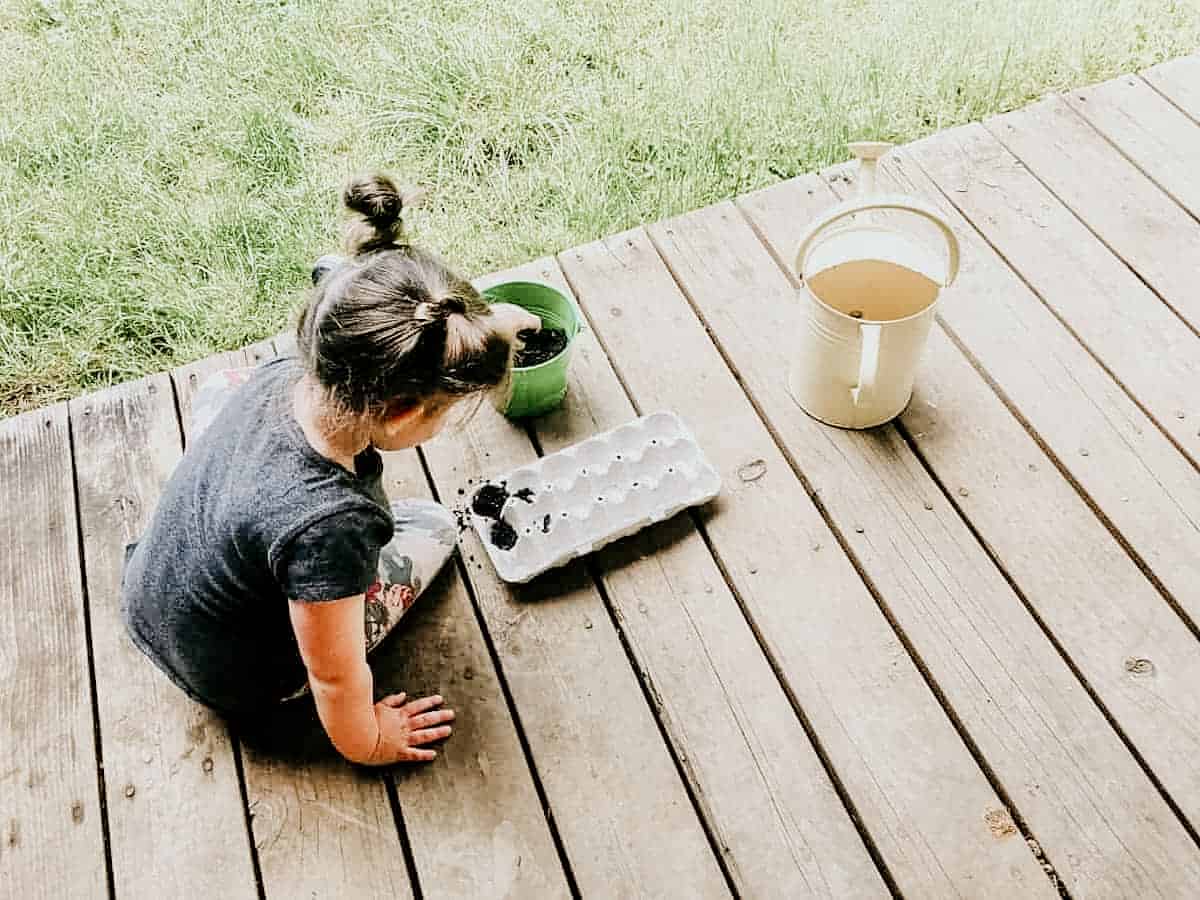
The kids do the planting, whether its indoor starts or direct sowing. Recyclable egg cartons are great for indoor starts because they are easily manipulated by small hands when it's time to transplant them into your garden.
For direct sowing, we usually mark the soil with a stick or trowel, as a guide, but it's mostly for the 2 and 3 year olds. Ages and up can pretty much estimate the spacing now. Again, we use our Visual Schedule and Monthly Calendar to keep up with any future planting: seeds or indoor starts.
Need seeds and gardening supplies?
Maintenance
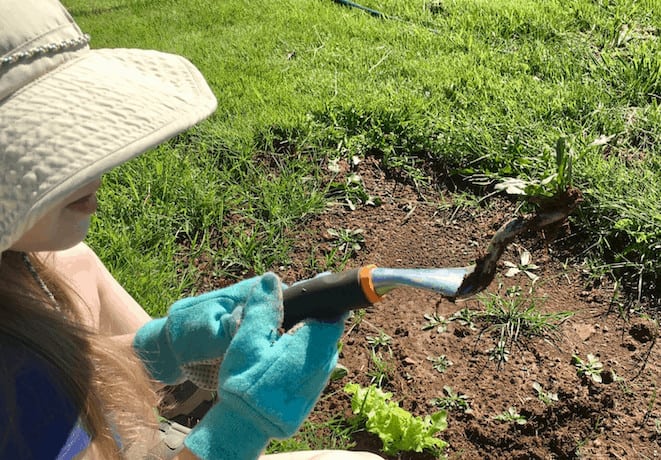
Pulling weeds! That's no fun, right? Well, the kids disagree. Give Kaia a weeding tool, and she will spend hours removing anything that resembles a pesky weed in our garden. If she's not sure, she'll ask and we try to offer as much information as we can.
Harvesting
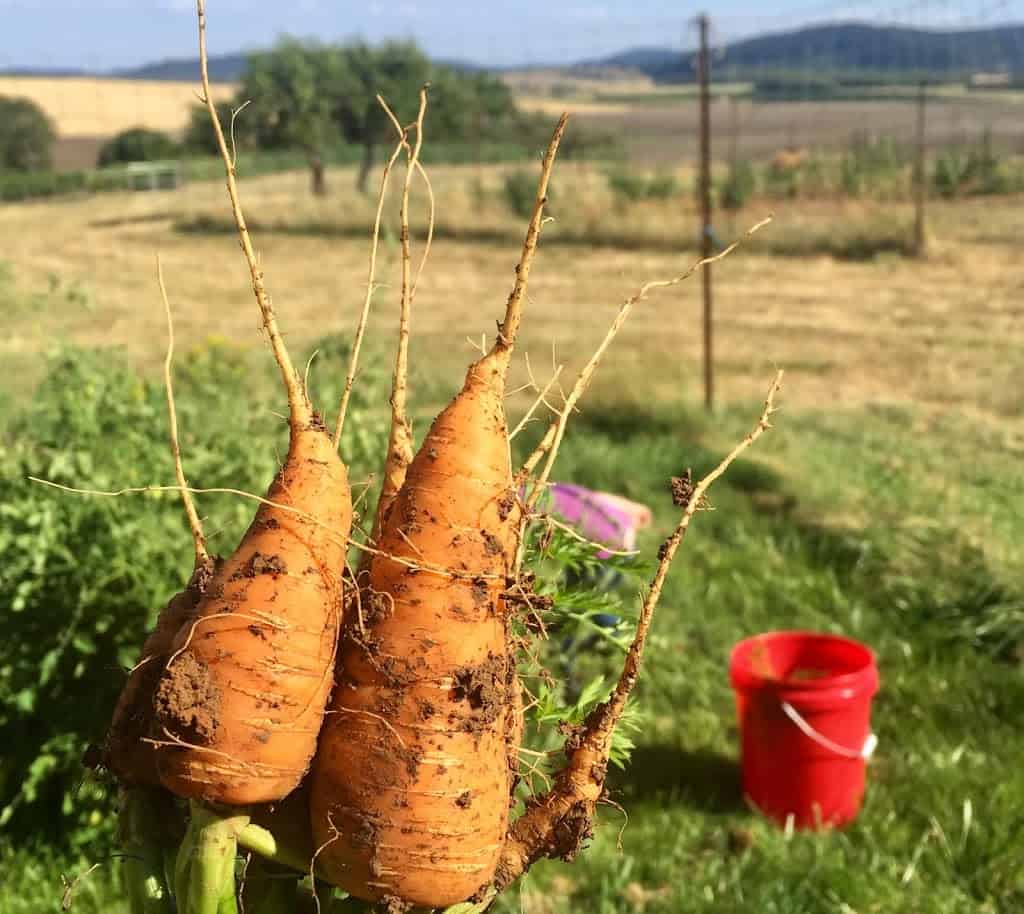
Again, Montessori gardening tools for the win! A couple trowels and a bucket and they're on their way. Model what to do for each vegetable and follow-up if they ask for help. Child-sized tools work best, but sometimes kids like to use adult tools.
The level of interest varies for kids. They generally hop back and forth between gardening and playing in the dirt with trucks or animals. Whatever floats their boat. Kaia is very invested and does everything to completion.
If you'd like to encourage interest at any step along the way, tools, books, and printables are great solutions. You can find what we enjoy listed at the bottom.
Meal Preparation

Speaking of tools, kitchen tools are a great way to promote independence and interest in food prep. The kids can shell these fava beans using just their thumbnail, but you better believe they grab their knives and cutting boards every time. They love it. Look at those knife skills! We've used this knife set for years and we've never had an issue.
Composting
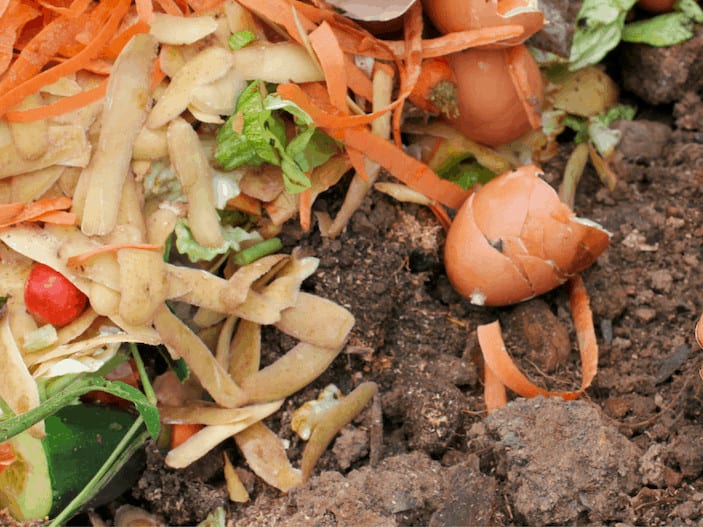
Composting is an awesome gateway to a variety of topics, including what is biodegradable and what is not. Plus, it's another dirty job and the kids love those.
Our compost pile consists of mostly kitchen scraps, grass clippings, cardboard, and rabbit manure. If you're new at composting, the books and courses we've listed below are great resources to get started. Also, this is a very useful free online resource.
Montessori Gardening Resources
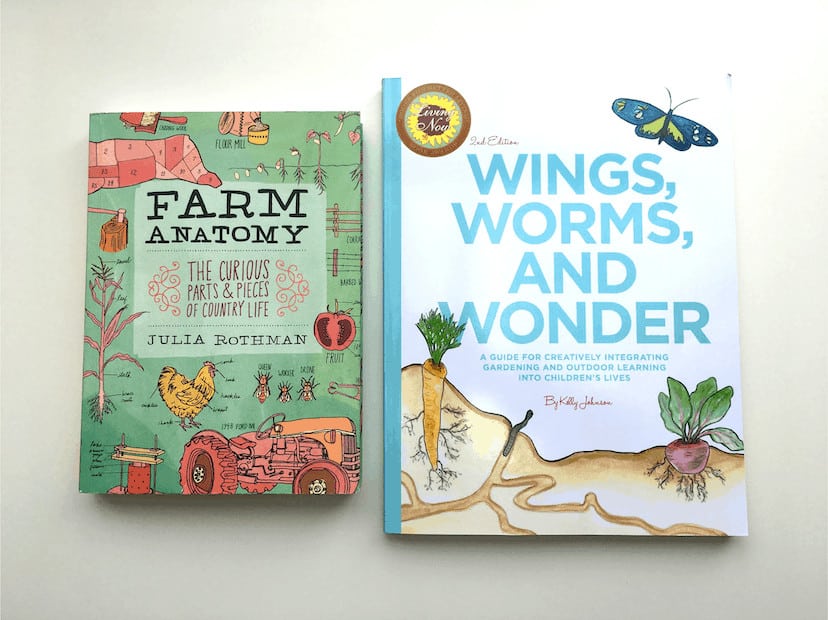
Montessori Gardening Books
These books are great for all ages. Farm Anatomy is awesome for stimulating interest in various farm-related and gardening topics and has beautiful illustrations.
Wings, Worms, and Wonder contains some great lessons and we look forward to using it more this year. In addition, there's a Print Resources section in the back that is packed full of ideas and references to extend your studies on a variety of topics. I was pleased to see that we already have several of them on our shelves.
We all enjoy the Parts of the Biome Readers and there are several books in this set that are a great fit for further exploration.
Save $15 on your first Waseca Biomes purchase.
Gardening Course
OSU's Master Gardener course is geared towards adults and has something for all experience levels. You don't need to be an experienced gardener to have an awesome gardening program. However, this course is a useful resource if you're looking to learn something new.
Montessori Gardening Themed Printables
The printables are great for stimulating interest or for extending the gardening fun to other areas of your homeschool. The kids really enjoy them. The activities in the phonological awareness pack really help lay the foundation necessary for sharp reading skills.
More Nature
Are you ready to start your Montessori gardening program or have you already started? If not, what's holding you back? Let me know.
Thanks for stopping by!
- Kristin
Montessori Gardening: Empower Kids to Grow Food & Eat Healthy, Farm to Table
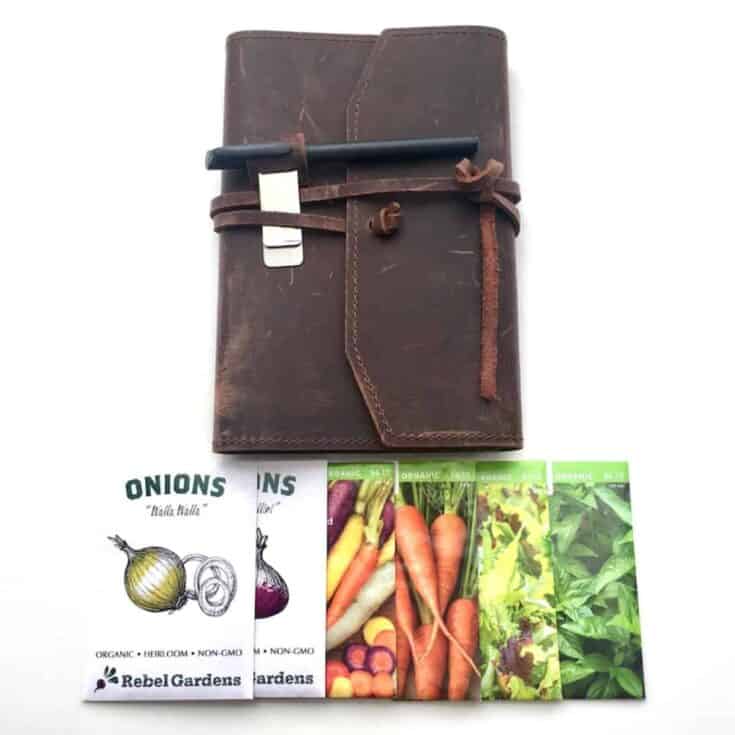
Montessori gardening routines from our homeschool garden, from planning all the way to food prep. The strategies we use empower kids to grow their own food and eat healthy. If you're looking for practical tips on how to start your children's gardening journey and a lifelong love for healthy food, this is an excellent place to start.
Materials
- Old Fashioned On Purpose Planner
- Mirus Toys Visual Calendar
- Seeds or Plants
- Recyclable Egg Cartons
- Watering Can or cup
- Soil
- Farm Anatomy
- Wings, Worms, and Wonder
- Waseca Biomes: Parts of the Biome Readers
- Food for the Future: Sustainable Farms Around the World
- Master Gardener Series: Vegetable Gardening
- Free Composting Resource
- In the Garden Preschool Pack
- In the Garden Phonological Awareness
Tools
- Child-friendly Gardening Tools (Weeding Tool)
- Child-friendly Kitchen Tools (Knives, Cutting Boards)
Instructions
- If you're starting your garden from scratch, check out Soil Layers for Kids for how to do that with your kids. If you already have garden beds or some other location setup, you can begin the planning process by asking your kids what they'd like to grow and eat.
- Give kids seeds to explore while you discuss your plan. Learn about planting by zone and what seeds or plants you'd like to purchase.
- Create and implement a gardening schedule. Record in your planner and use the visual calendar to nurture independence in gardening routines.
- Provide materials for child to plant seeds. Recyclable egg cartons and soil from your garden or potting soil along with a watering can are great to have for indoor starts.
- Provide child-friendly tools for maintenance tasks such as weeding as it will increase interest and enjoyment. Model routines and be available for questions.
- When it's time to harvest, demonstrate the process and be available as needed for questions or follow-up. Provide appropriate tools and equipment for harvesting food. Level of interest may vary with age and task. Include an alternate activity in the environment for the child as needed.
- Include kid-friendly knives and other tools in your kitchen to encourage independence with meal preparation. Other assistive devices such as a step stool or learning tower may be needed.
- Introduce the child to composting routines and encourage them to compost their food waste. Use the free composting resource or books to learn more.
- Include Montessori gardening books in your home for kids and adults. These will entice interest outside of time spent in the garden.
- Take the master gardener course to learn more about gardening topics that interest your family.
- Use the gardening printables during time spent indoors to identify and nurture interests specific to each child.
Notes
Full Lesson Info and Pictures at: https://happyhomeschooladventures.com/montessori-gardening-how-to-empower-kids-grow-food-eat-healthy/
Recommended Products
As a member of affiliate programs, I earn from qualifying purchases.

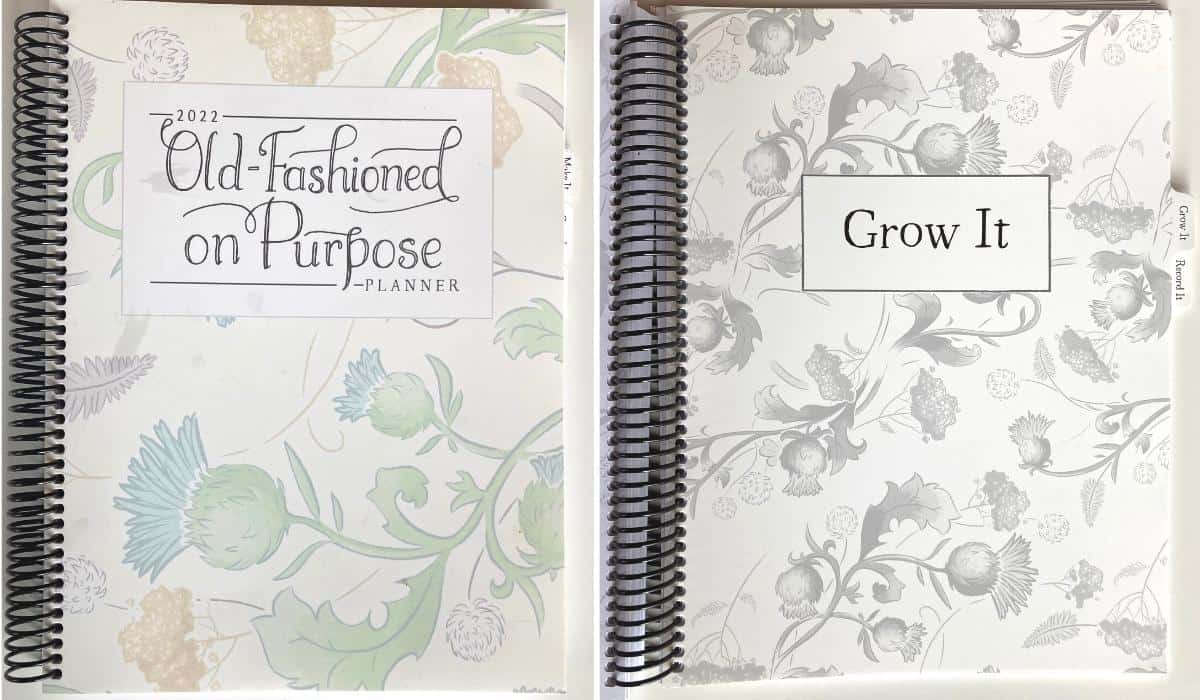
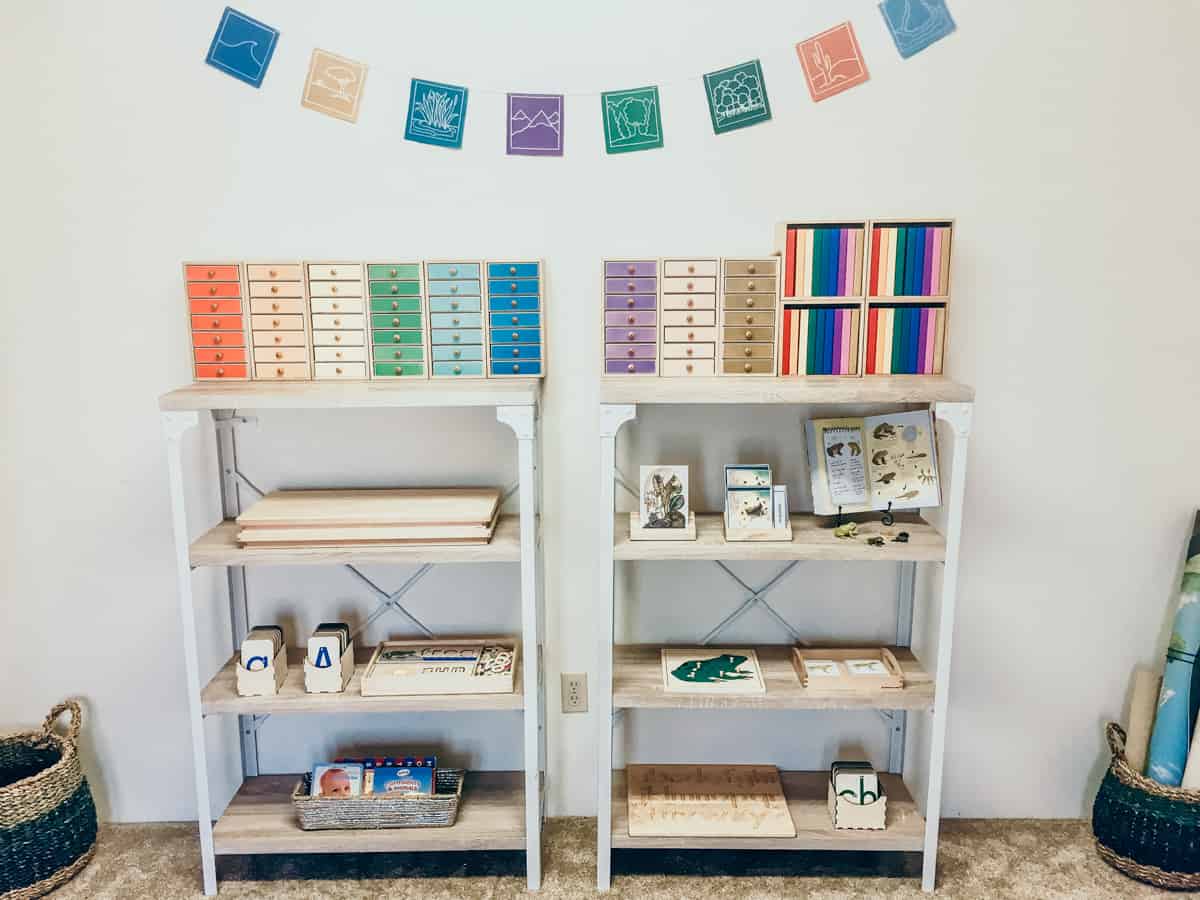
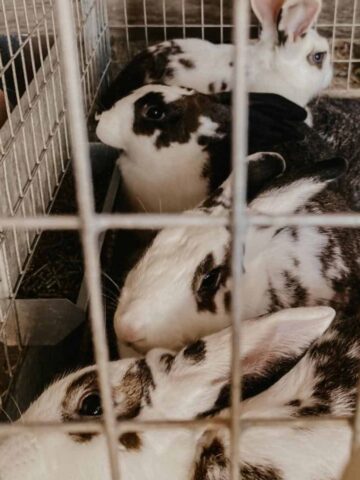
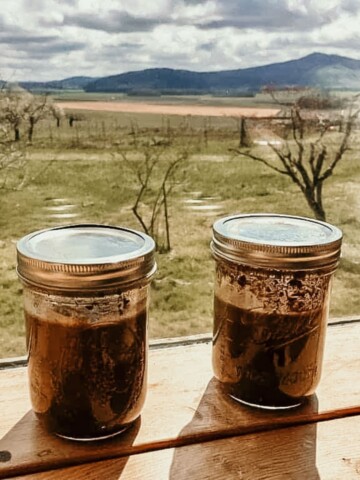
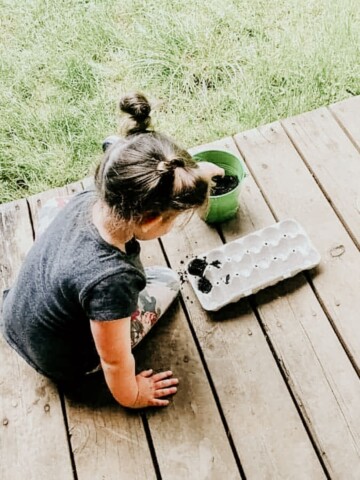
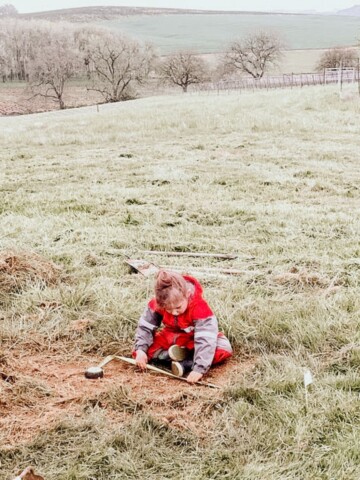
Anja
I love all these tips - even though my kids are all adults now. I especially love that you're letting your kids use knives. What an important skill! And if they happen to cut themselves, they will have learned a powerful lesson.
Lisa
This is so wonderful and so important! Children who appreciate food and what it takes to grow it and prepare it enjoy it so much more!
Julie
Couldn't love this more! I am a huge advocate for teaching children to do for themselves and inspiring them to be independent. This is such a great idea -- I definitely want to get my kids more involved in gardening.
chey
Important knowledge for every child, I just love how they are being taught this information at such an early age!